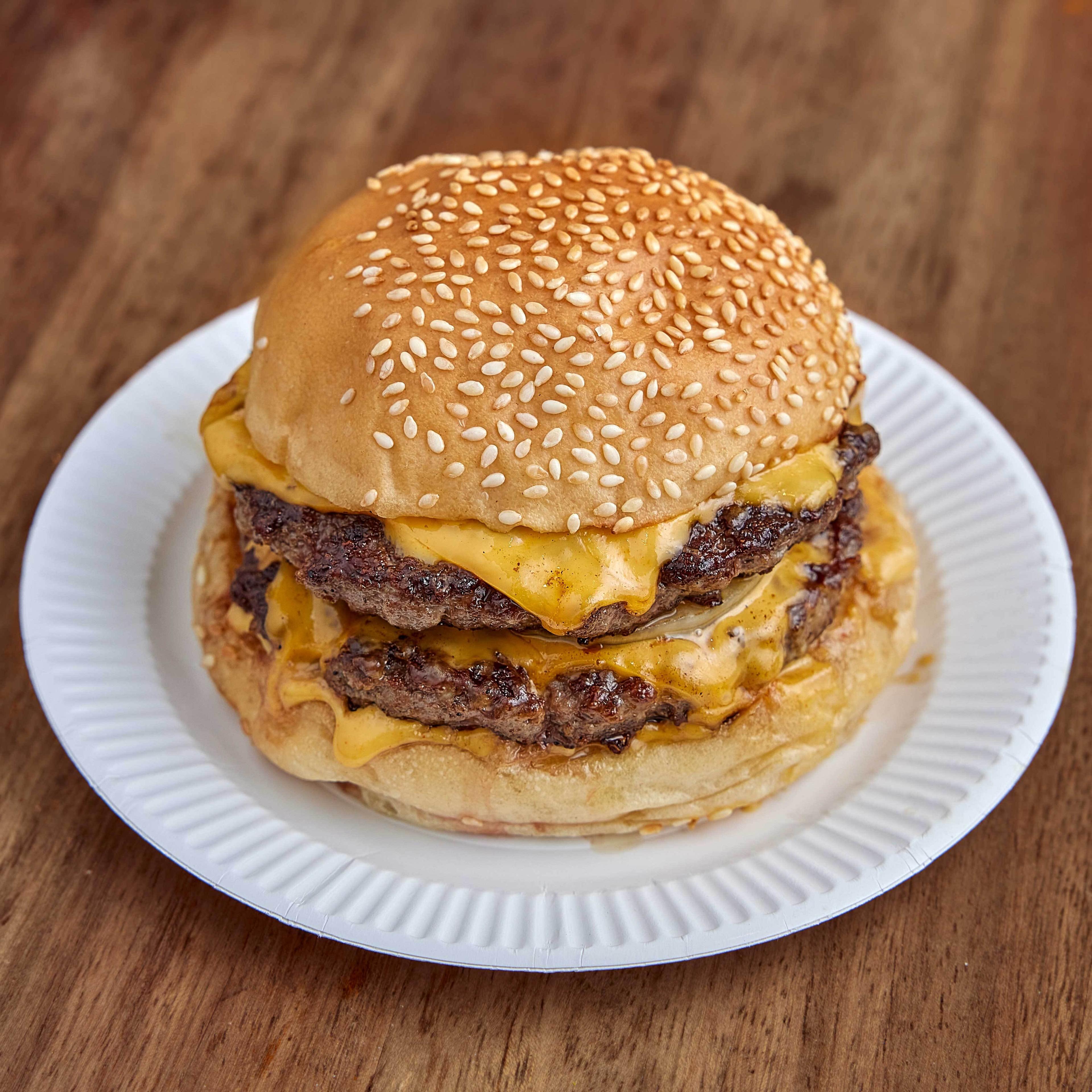“Welcome to Good Burger, home of the Good Burger, can I take your order?”
Kenan and Kel’s cult classic, Good Burger, is a film that lives rent-free in my head. Not only because my brother and I would watch it for days on repeat when we were younger but because it’s one of the first movies that got me thinking about the concept of taste. The basic plot of the film revolves around the Good Burger restaurant that the film’s main characters, Kenan and Kel, work at. Despite all of Kenan and Kel’s hard work and hijinks, Good Burger suffers a serious blow to its profits when the high-end Mondo Burger chain opens up across the street. The reason? Mondo Burger’s burgers are better than Good Burger’s.
In order to win those customers back, Kel creates a special sauce so delicious that it increases Good Burger's sales and gets them back their lost lunchtime clientele. Shenanigans then ensure. This competition between the two fictional burger chains was my first introduction to the idea that not all burgers are made equal; that there are some burgers in the world that are tastier, beefier, and objectively more delicious than others.
It’s just a bun, a bit of chargrilled beef, and maybe some lettuce if you’re feeling fancy, right? Wrong. There’s so much more to a burger than meets the eye. You might think it’s one of the simplest things on the planet to make (flipping burgers is something that robots are literally being taught to do) but it’s not until you’ve had a really good burger that you realise just how bad most of the burgers you’ve consumed in your life have been. It’s not until you’ve had a Mondo Burger that you’re able to recognise just how much Good Burger was lacking.
Some of the world’s best burgers might be found in the U.S. but there are some pretty mean versions you can find in the UK, too. Fred Smith is the Head of Beef at Flat Iron, a group of steak restaurants that are dotted across London. Yes, that’s an actual job. And, yes, I want it.
